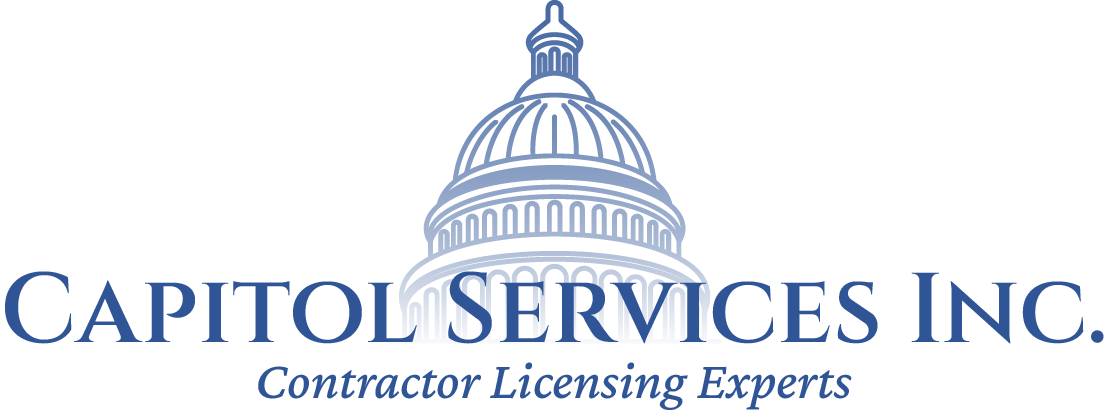You’ve heard the old expression, get the lead out. Well today I lead you to guidelines for removing old, hazardous lead-based paints complete with a web link to the State of California. Do you have a sole proprietor license? Would you like to expand your opportunity by becoming a qualifier for a new company? If so, you should know the either-or limitations on your options before making a commitment
Q: I am currently a licensed contractor in CA. holding the C-10 and B classifications. I run my own sole prop business but also want to collaborate with another business using my C-10 license to qualify. I will be involved running operations and consulting on projects with this business. How will this affect my existing license? Would it be better to be a RME or a RMO? The other business is a corporation that recently lost their qualifier.
A: You can replace this company’s previous qualifier as a Responsible Managing Officer (RMO) and maintain your present license if you own 20% or more of the corporation. If you own less than this amount, the CSLB will require you to inactivate your existing sole owner license. If you are hired as a Responsible Managing Employee (RME), you MUST inactivate your current license.
Q: What certification, if any, is required in California to perform lead abatement? Would this fall under the CSLB “HAZ” certification? If not, what agency regulates it and how would someone verify that a company is properly certified? Thanks for the valuable information.
A: The California Childhood Lead Poisoning Prevention Branch — in the State Department of Health Services (CDHS) — published guidelines that will go a long way towards answering your question. According to their web site http://www.dhs.ca.gov/childlead/html/CRTwhich.html “certification is now required for all those doing lead hazard evaluations, lead abatement plan preparation, lead abatement work and lead clearance inspections for residential and public buildings in California.”
Prior to these regulations being established, contractors involved in lead-related construction activities were in limbo. While the CSLB has long had certifications for Hazardous Substance and Asbestos removal, they had no specific jurisdiction over lead abatement and removal.
In general, CHDS has established several Certificate categories including Inspector/Assessor (I/A) and Project Monitor (PM). The I/A certificate is for those who plan to inspect buildings for lead and assess the type of lead hazards in those buildings. Project Monitors are those who plan to oversee lead-related construction work to ensure that specifications are followed.
The most relevant to contractors may be the Supervisor and Worker certifications. The Supervisor certificate is for those who plan to supervise daily work activities or perform lead abatement activities on a lead-related construction work site and/or prepare lead abatement plans. This certificate is also for those who plan to supervise repainting or general construction performed on lead-based paint surfaces. The Worker certificate is for anyone who plans to perform lead abatement activities — under the direction of a supervisor — including repainting or general construction on lead-based paint surfaces.
For detailed training and eligibility requirements and application forms, I suggest visiting the above referenced web site (also linked at http://www.cutredtape.com ) and/or calling the CDHS Lead-Related Construction Information Line at 1-800-597-LEAD (1-800-597-5323).
